5+ Differences Between Hotels And Restaurants
Are you wondering about what’s the difference between a hotel and a restaurant?
As someone who has owned and operated both a hotel and a restaurant within a hotel for over 12 years, I know deeply the difference between a hotel and a standalone restaurant. While both of these establishments offer services to customers, they differ in their primary purpose and the types of services they provide.
Put simply, hotels are primarily designed to provide lodging for travelers. They offer a range of accommodations, from basic rooms to luxury suites, and often include amenities such as room service, laundry facilities, and fitness centers. They may also include restaurants within the establishment.
On the other hand, restaurants are designed to provide food and drink to customers. They may be standalone establishments or located within a hotel, but their primary purpose is to serve meals rather than provide lodging.
But that’s not all! Let’s have a closer look at what separates these two types of businesses, and also what makes them similar!

Main Differences Between Hotels and Restaurants
1. Location
When it comes to location, there are some differences between hotels and restaurants.
Hotel Location
Hotels are usually located in areas where there is a high demand for accommodation. These areas can be near tourist attractions or business districts. Hotels can also be located in remote areas such as mountains or beaches, where people go for leisure activities. The location of a hotel can affect the price of the rooms. Hotels in prime locations tend to be more expensive than those in less popular areas.
Hotels can be classified according to their location. Some of the common types of hotels include:
- City Center Hotels: These hotels are located in the heart of the city, close to shopping centers, restaurants, and other attractions.
- Airport Hotels: These hotels are located near airports, making it easy for travelers to catch their flights.
- Resort Hotels: These hotels are located in scenic areas such as beaches, mountains, or forests, and offer a range of leisure activities such as swimming, hiking, and skiing.
Restaurant Location
Restaurants can be located in different areas depending on the type of food they serve and their target market. Some restaurants are located in busy areas such as shopping malls or business districts, while others are located in quiet neighborhoods.
Restaurants can also be classified based on their location. Some of the common types of restaurants include:
- Fine Dining Restaurants: These restaurants usually offer high-end cuisine in upscale areas.
- Fast Food Restaurants: These restaurants are located in busy areas such as highways, airports, and shopping malls, and offer quick and affordable meals.
- Theme Restaurants: These restaurants are usually located in tourist areas with a unique theme such as a sports bar or a medieval castle.
The location of a hotel or restaurant can play a significant role in its success. The location can affect the price, accessibility, and target market of the establishment, and vice versa.
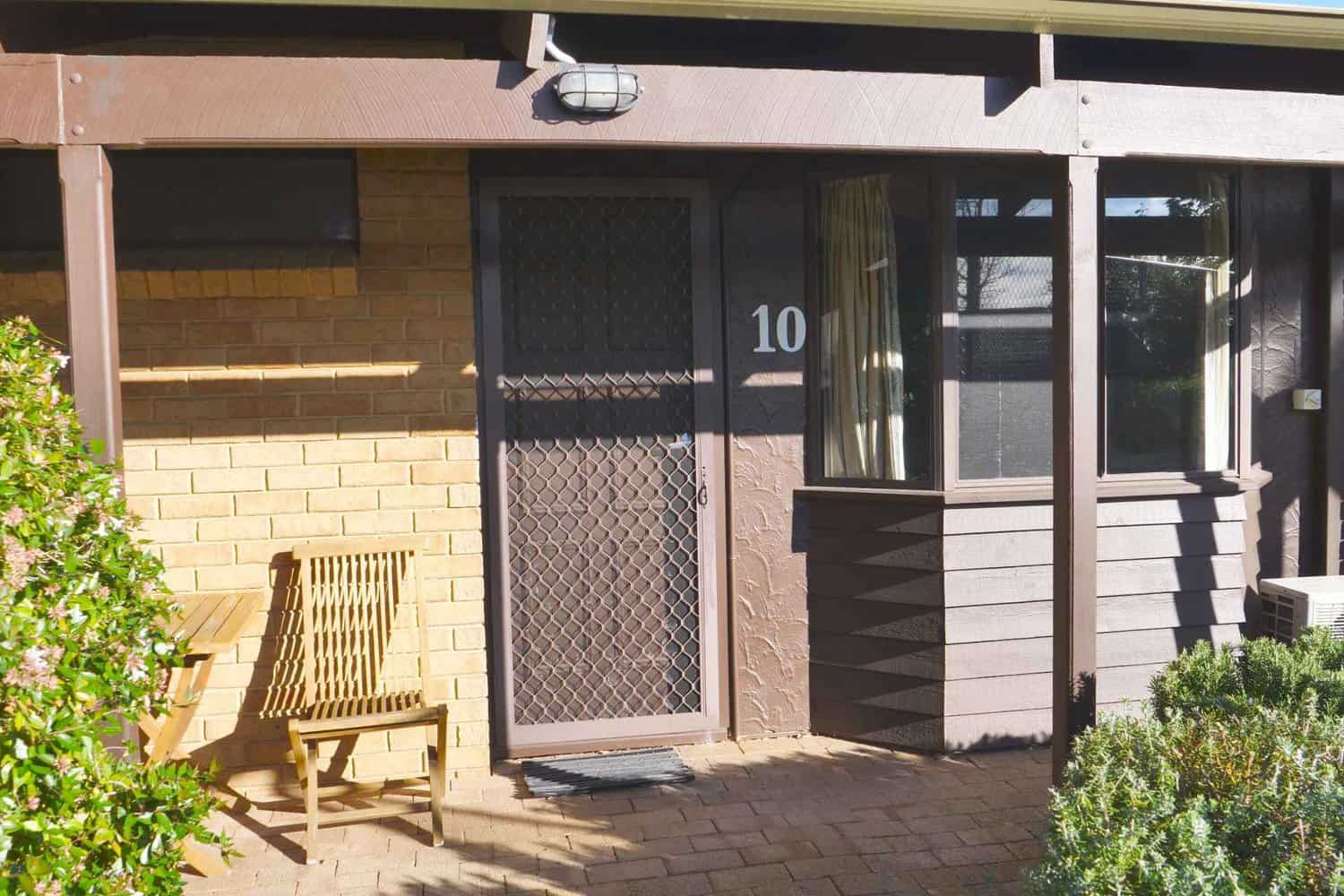
2. Accommodation
As someone who has owned a hotel since 2011, I know how important it is to have a comfortable and safe place to stay. When it comes to accommodation, hotels and restaurants offer different options. Let’s take a closer look at the difference between hotel and restaurant accommodation.
Hotel Accommodation
Hotels are primarily known for providing accommodation to travelers. They offer a range of rooms, from standard to luxury, and provide various amenities such as room service, housekeeping, and laundry facilities. Some hotels also offer additional services like a gym, spa, or pool.
In terms of room types, hotels usually offer single, double, or family rooms. These rooms come with different bed configurations, such as twin, queen, or king-size beds. Some hotels also have suites, which are larger rooms with a separate living area, and sometimes even a kitchenette.
Hotels can be categorized based on their star rating, which indicates the level of luxury and services they offer. The rating system varies by country, but generally, a higher star rating means more luxury and amenities. However, it’s important to note that star ratings can be subjective and not always an accurate representation of the hotel’s quality.
Restaurant Accommodation
While restaurants are not primarily known for providing accommodation, some do offer rooms for travelers. These are often called “inn and restaurant” or “restaurant with rooms.”
Restaurant accommodation is usually more limited than hotel accommodation. They may offer only a few rooms, and they may not have as many amenities as hotels. However, they can still provide a comfortable and cozy place to stay.
One advantage of staying in a restaurant with rooms is that you can enjoy the restaurant’s food without having to leave the premises. Some restaurant accommodations offer special packages that include meals, making it a convenient and enjoyable experience.
It’s important to note that restaurant accommodations may not be suitable for everyone. They may not have the same level of service or amenities as hotels, and they may not be located in the most convenient areas. However, they can be a great option for travelers who are looking for a unique and cozy experience.
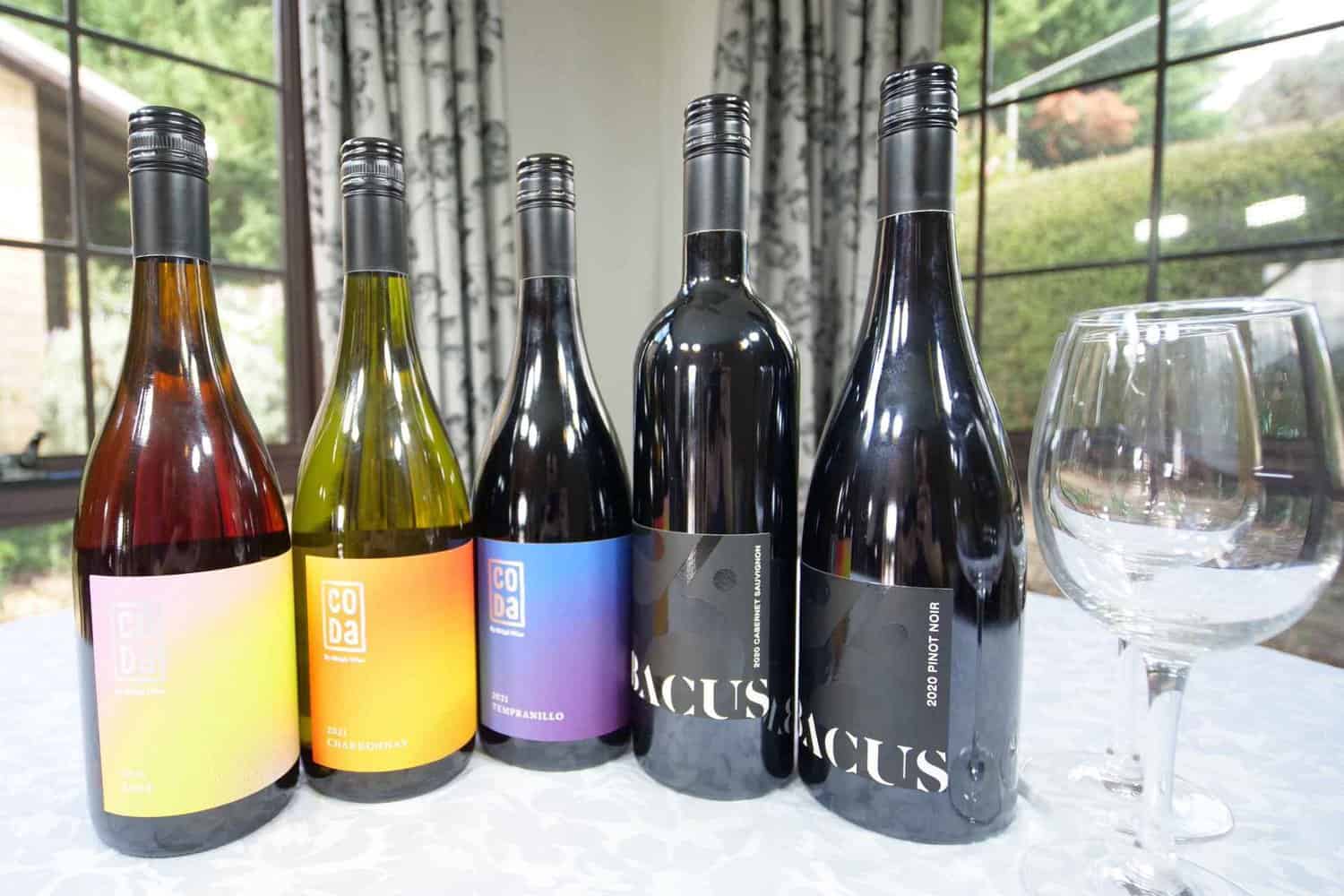
3. Amenities
When it comes to amenities, hotels and restaurants differ greatly. Here’s what you can expect from each:
Hotel Amenities
Hotels are known for their wide range of amenities, which can vary depending on the hotel’s rating and location. Some of the most common hotel amenities include:
- Swimming pools
- Fitness centers
- Spas
- Room service
- Free Wi-Fi
- Business centers
- Meeting rooms
- Concierge services
- On-site restaurants and bars
These amenities are designed to make your stay as comfortable and convenient as possible. Whether you’re traveling for business or pleasure, hotels offer a range of services to meet your needs.
Restaurant Amenities
Restaurants, on the other hand, are primarily focused on providing delicious food and drinks. While they may offer some amenities, they typically don’t provide the same level of service as hotels. Here are some of the most common restaurant amenities:
- Outdoor seating
- Takeout and delivery services
- Private dining rooms
- Catering services
- Live music or entertainment
Restaurants may also offer special menus for holidays or events, such as Valentine’s Day or Mother’s Day. However, their focus is on providing a great dining experience rather than a range of amenities.
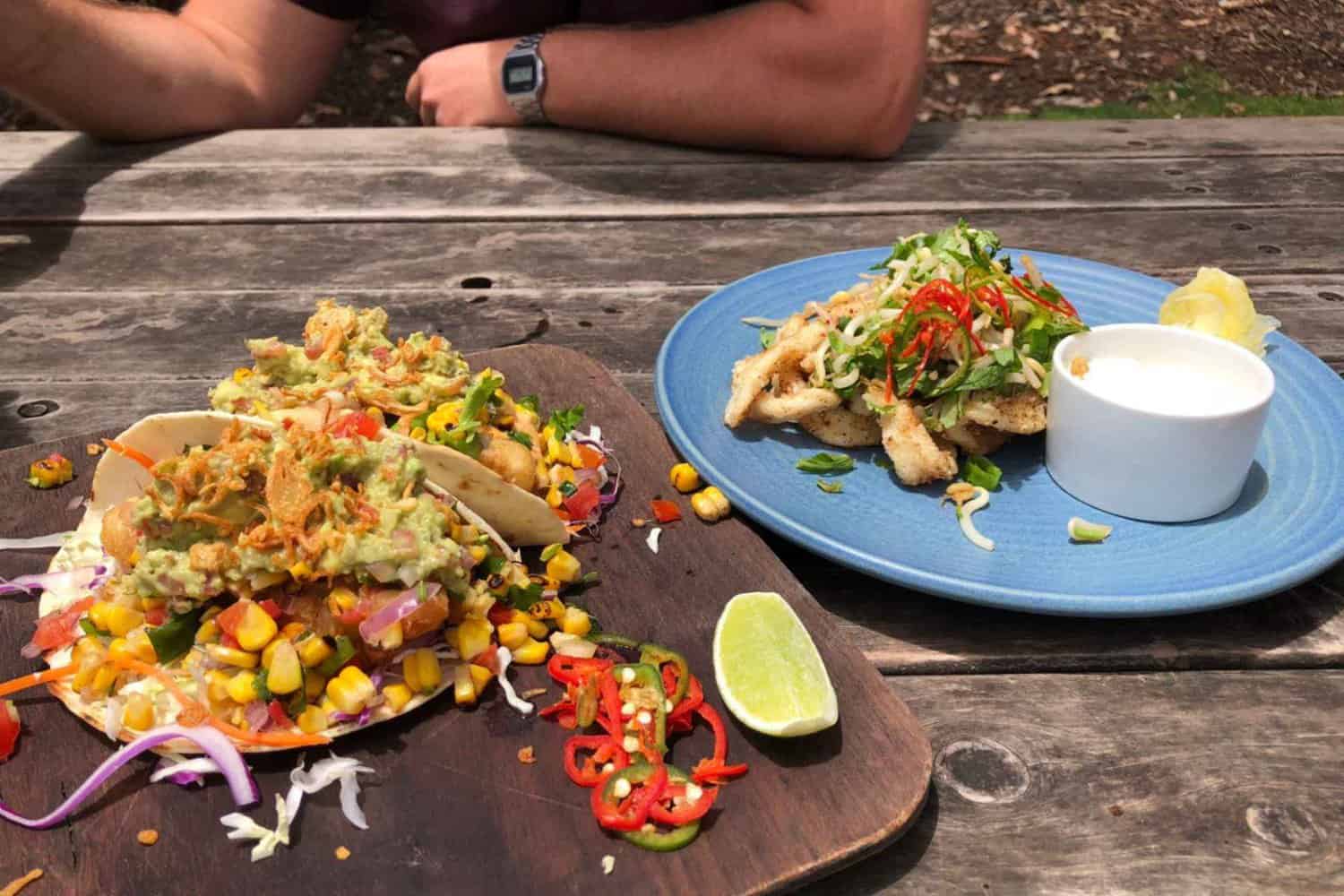
4. Food and Beverage
As someone who has owned in both hotels and restaurants, I can tell you that there are some significant differences in the way food and beverage services are provided in these two industries.
Hotel Food and Beverage
In a hotel, food and beverage services are often provided as an amenity for guests who are staying at the hotel. This means that the hotel’s restaurant or bar is typically located on the premises and is accessible to guests at all times. The hotel’s food and beverage offerings are designed to cater to the needs of guests who are looking for convenience, quality, and variety.
Hotels typically offer a range of food and beverage options, from casual cafes and bars to fine dining restaurants. The food and beverage menus are often designed to cater to a variety of tastes and preferences and may include items such as:
- Breakfast buffets
- Room service
- In-room dining
- Casual dining options
- Fine dining options
- Specialty cocktails and drinks
Restaurant Food and Beverage
In a restaurant, food and beverage services are the primary focus. The restaurant’s menu is designed to showcase the chef’s culinary skills and provide a memorable dining experience for guests. Restaurants typically offer a more limited range of food and beverage options than hotels, but the quality and presentation of the food is often higher.
Restaurants may specialize in a particular type of cuisine, such as Italian, French, or Asian, or may offer a more eclectic menu that includes a variety of dishes from around the world. The restaurant’s bar may also offer a selection of specialty cocktails and drinks that are designed to complement the food menu.
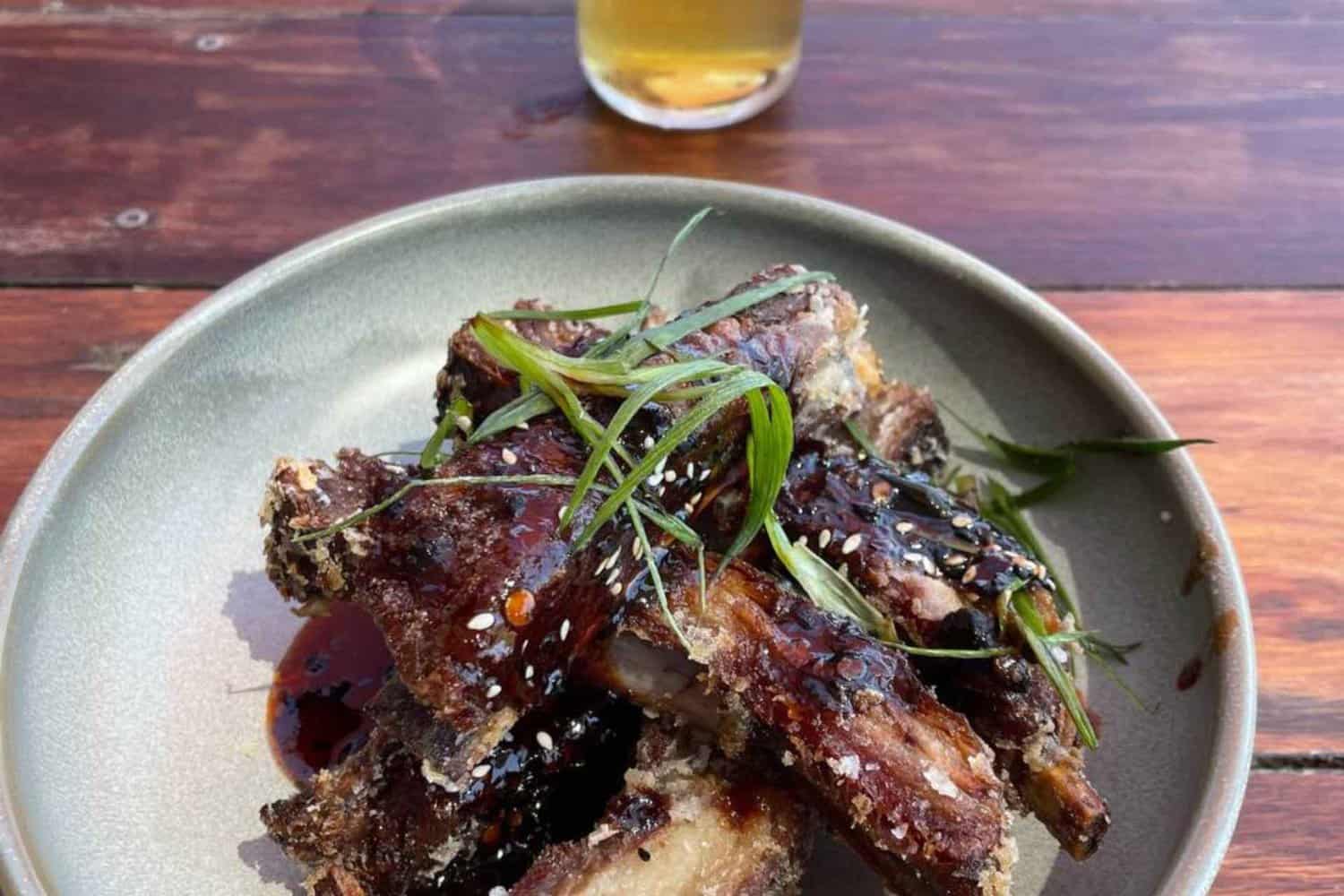
5. Service
When it comes to the hospitality industry, service is a crucial aspect that can make or break a guest’s experience. Both hotels and restaurants offer service, but there are some differences between the two.
Hotel Service
Hotels offer a wide range of services to their guests, including:
- Accommodation: hotels provide guests with a place to stay, whether it’s a single room or a suite.
- Room service: hotels offer guests the option to have food and drinks delivered to their room.
- Housekeeping: hotels provide daily cleaning services to ensure that guests have a clean and comfortable stay.
- Concierge: hotels have a concierge desk where guests can get information about the local area, book tours, and make restaurant reservations.
- Transportation: some hotels offer shuttle services to and from the airport or other destinations.
Hotels strive to provide guests with a comfortable and luxurious experience, and their services reflect that goal.
Restaurant Service
Restaurants, on the other hand, offer a different kind of service. They focus on providing guests with a delicious meal and a pleasant dining experience. Some of the services that restaurants offer include:
- Food and drink: restaurants provide guests with a variety of food and drink options.
- Table service: restaurants have servers who take orders and bring food and drinks to the table.
- Atmosphere: restaurants strive to create a pleasant and enjoyable atmosphere for their guests.
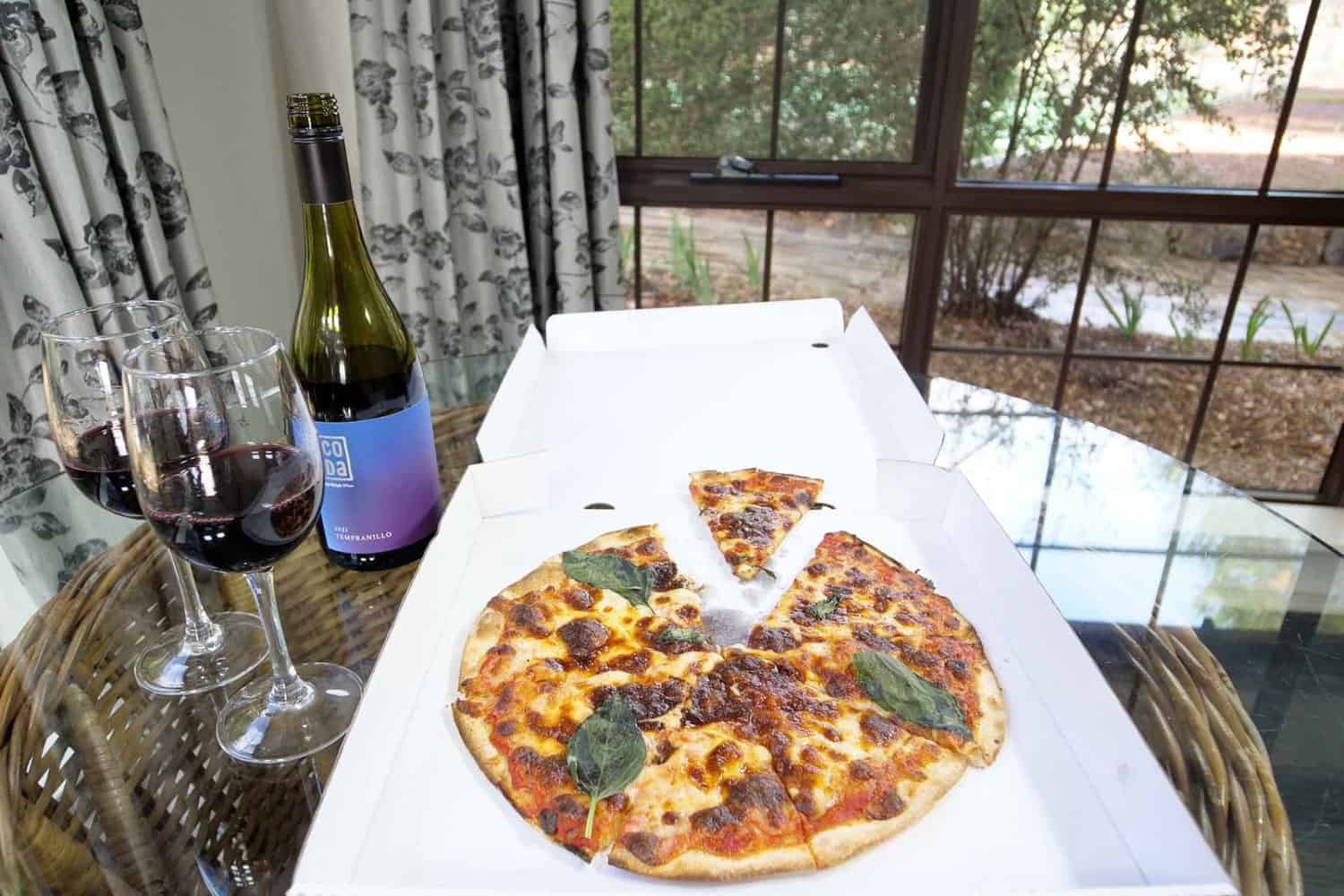
Wrapping Up: The Difference Between A Hotel And Restaurant
And that’s it! I hope this clears up the main differences between hotels and restaurants for you. While they might look similar at first glance, they’re quite different in what they offer and how they operate. Hotels provide a place to stay with extra services like dining and laundry, and sometimes they have a restaurant too. Restaurants focus on serving food and drinks. Hotels usually need more staff because of their wide range of services, whereas restaurants mainly need chefs and waitstaff.
Running a hotel is more complex, dealing with room bookings and various services, while restaurants concentrate on their menu and serving customers.
Having run both a hotel and a restaurant, I’ve seen firsthand how each plays a vital role in hospitality, offering unique experiences to visitors. If you’re looking to enhance the guest experience at your hotel, check out my services page to see how we can work together.
Related Posts:
